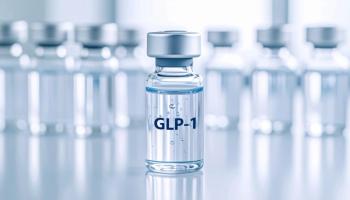
Stem Cells May Correct FVIII Deficiency in Hemophilia A
Clotting factor deficiency causing hemophilia A may be reversed using pluripotent stem cells.
The clotting factor deficiency causing hemophilia A may be reversed using pluripotent stem cells (iPSCs), according to findings published in Cell Stem Cell.
Researchers from the Institute for Basic Science and Yonsei University in Korea used mice models of hemophilia A in order to prove the viability of iPSCs as a cure for hemophilia A. For the first time ever, the investigators collected urinary cells from patients with the chromosomal inversions causing hemophilia to make the iPSCs.
The team utilized Clustered Regularly Interspaced Short Palindromic Repeats (CRISPR) associated protein 9 to apply Cas9 nucleases to the iPSCs.
“We used CRISPR RNA-guided engineered nucleases (RGENs) to repair two recurrent, large chromosomal inversions responsible for almost half of all severe hemophilia A cases,” study author Jin-Soo Kim said.
The CRISPR Cas9 corrected the FVIII genes and permitted the iPSCs to mature into endothelial cells, in turn, producing the FVIII gene. The endothelial cells reversed the FVIII deficiency, the researchers explained.
But the team wanted to make sure the process worked. They transplanted the engineered endothelial cells with the corrected genes into FVIII deficient mice (those with hemophilia A). the mice produced FVIII on their own, which the study authors believes meant that the mice’s hemophilia A was essentially cured.
“To the best of our knowledge, this report is the first demonstration that chromosomal inversions or other large rearrangements can be corrected using RGENs or any other programmable nuclease in patient iPSCs,” study author Dong-Wook Kim explained.
Even more importantly, the researchers highlighted, was that there did not appear to be any additional accidental mutations from the iPSC transplants. The only parts of the genome that were altered were the parts the study authors targeted.
In the future, the team believes that further testing is necessary and may determine if human results are similar to the mice trials. They hinted that such studies with positive results appear promising.
Newsletter
Stay informed on drug updates, treatment guidelines, and pharmacy practice trends—subscribe to Pharmacy Times for weekly clinical insights.

















































































































































































































